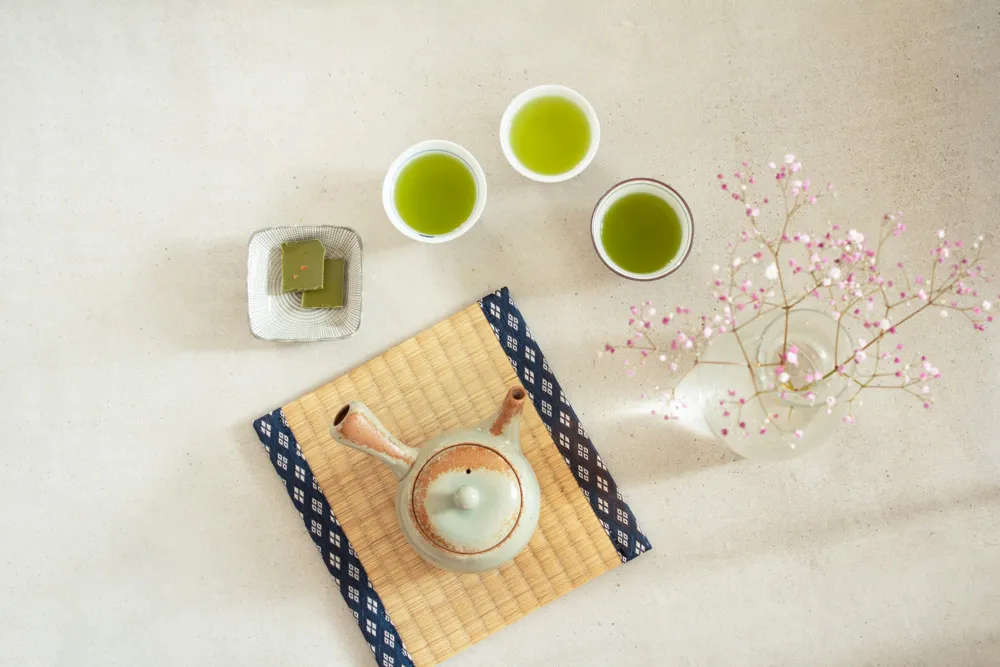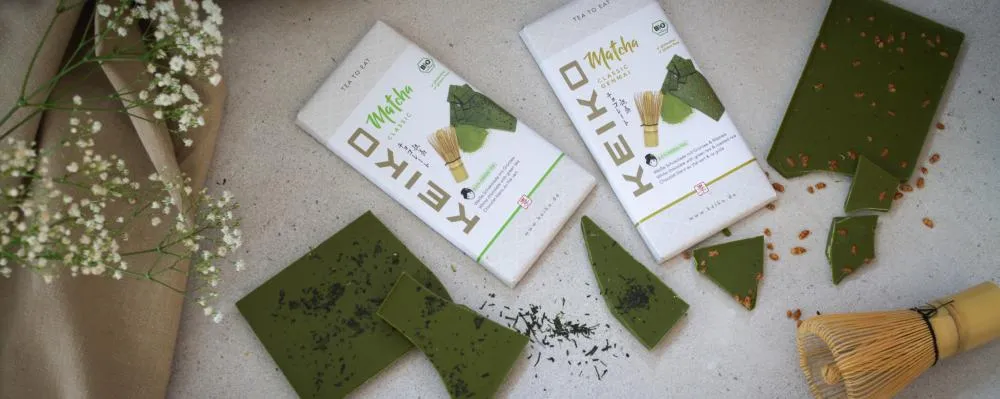Yabukita
藪北
やぶきた
The Yabukita tea cultivar is resistant to cold and dry conditions and can be grown throughout Japan. Due to its high yield and fast growth rate in combination with its expressive flavour and elegant, light umami aroma, the variety is very popular with tea farmers and consumers alike.
Yabukita accounts for 73% of Japan's total tea harvest and around 40% of the tea harvest in Kagoshima.
In 1908, the cultivar was bred in Shizuoka by Hikosaburo Sugiyama. The name Yabukita is derived from the place where the tea was first cultivated by Sugiyama: the northern part (kita) of a bamboo grove (yabu). Originally there was another variety, yabuminami (the south of the bamboo grove), but this did not catch on, while yabukita established itself as the epitome of Japanese tea.
The first tree of the Yabukita variety was replanted from its location in the bamboo grove near the Shizuoka Prefectural Art Museum and is designated as a prefectural natural monument. Even after more than 100 years, it continues to bear leaves and is a popular tourist destination.
It was only after Sugiyama's death that Yabukita was officially registered as a cultivar in 1953. Since then, over 100 other cultivars have been bred on the basis of Yaabukita, including the much-praised Saemidori and Okumidori varieties.
However, the wide distribution of the cultivar also creates problems. At harvest time, all fields ripen at roughly the same time, which leads to bottlenecks in labour and production capacity, and pests and diseases also spread more easily. To counteract this, organic farming in particular is increasingly focussing on diversification and the breeding of new cultivars as well as the expansion of old varieties.
Tees mit dem Kultivar Yabukita im KEIKO Shop
Average rating of 5 out of 5 stars
Content: 50 g (€66.00* / 100 g)
Available, delivery time: 1-3 working days (in Germany)








